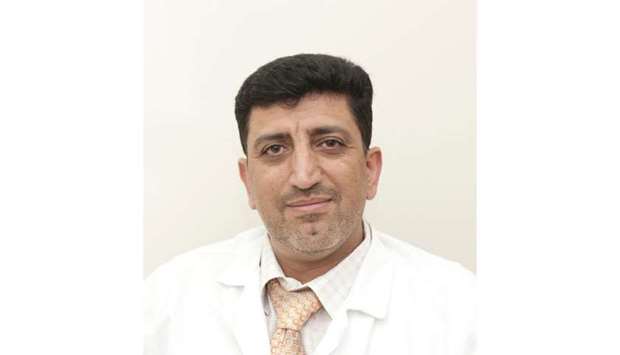With careful planning, diabetics can enjoy all that the festive season of Eid al-Fitr has to offer, a clinical dietitian at Hamad Medical Corporation (HMC) has said.
"The end of Ramadan and the beginning of Eid al-Fitr festivities can be a challenging time for many people with diabetes due to the risk of hyperglycemia caused by overindulging on sugary foods and beverages," Zohair al-Arabi explained.
A BMI report quoting the figures from a report by International Diabetes Federation (IDF) had stated last year that Qatar has an age adjusted diabetes prevalence rate of 20% with 239.1 people per 1,000 suffering from the disease.
Qatar also has the highest diabetes related expenditure in the Middle East on per capita basis at $2,868 per person, according to the report. The Mena region suffers from some of the highest levels of diabetes globally in terms of prevalence.
IDF estimates that on an average, 13.6% of the adult population (20-79 years) in the Mena region is currently diagnosed with diabetes, which is well above the global average of 8.5%.
The HMC clinical dietitian pointed out that though excessive consumption of foods high in sugar, such as cakes, biscuits, and other sweets can lead to diabetes complications, it is possible for most people with diabetes to include desserts in their meal plan, with careful planning and attention to portion size.
“People with diabetes should limit sugar and sweets but this does not mean they can never eat dessert. Cakes and other desserts are part of traditional Eid celebrations for many families. Many of these desserts contain a large amount of carbohydrates in a very small serving of food, so we advise patients with diabetes to be mindful of portion size. High-carbohydrate foods, such as bread, cereals, pasta, and rice are not forbidden, but they should be eaten in moderation,” said al-Arabi.
Staying hydrated is also important and the clinical dietitian recommends drinking water before meals, noting that it can help increase the sense of satiety and lessen the desire to indulge on heavier foods and desserts. He says that while eating the right foods, in the right quantities, can help keep blood sugar levels under control, it is essential to take prescribed medications as directed. He says diabetics should never adjust the times they take their medication, or the dosage, without their doctor’s approval. He also recommends diabetics check their blood glucose levels more often during special holidays and other times when their normal routine is altered.
“Knowing and understanding the signs and symptoms of high and low blood sugar is essential for diabetics and their friends and families but this is especially important during times when one’s diet is altered, such as during Eid feasts. The signs and symptoms of hyperglycemia, or high blood sugar, can vary from person to person but common symptoms include extreme thirst, nausea, vomiting, abdominal pain, shortness of breath, and weakness and tiredness,” noted al-Arabi.
When caring for children with diabetes during Eid, al- Arabi recommends planning ahead and incorporating substitutions, such as low-sugar, low-fat desserts. He also recommends making fresh fruit a part of the dessert menu. It is important to check blood sugar levels regularly and to follow the doctor’s recommendations regarding medications, he added.



